Did you know that the Goldfish Plant (Nematanthus) can bring a splash of vibrant color to your home with its unique, fish-shaped blooms? This charming houseplant not only brightens up your space, but with proper goldfish plant care, it can flourish and thrive, giving you joy for years to come.
In this article, we’ll explore the essential tips and tricks to keep your Goldfish Plant healthy and happy, ensuring those stunning blooms keep coming back. If you love vibrant blooms, you’ll also enjoy learning how to plant Zinnia seeds for gorgeous flowers to add even more color to your garden.
Goldfish Plant Care: Indoors and Outdoors
Bring life and color to any space by mastering goldfish plant care—whether indoors or outdoors, this charming plant rewards you with playful, fish-shaped blooms that brighten every corner.
Indoors
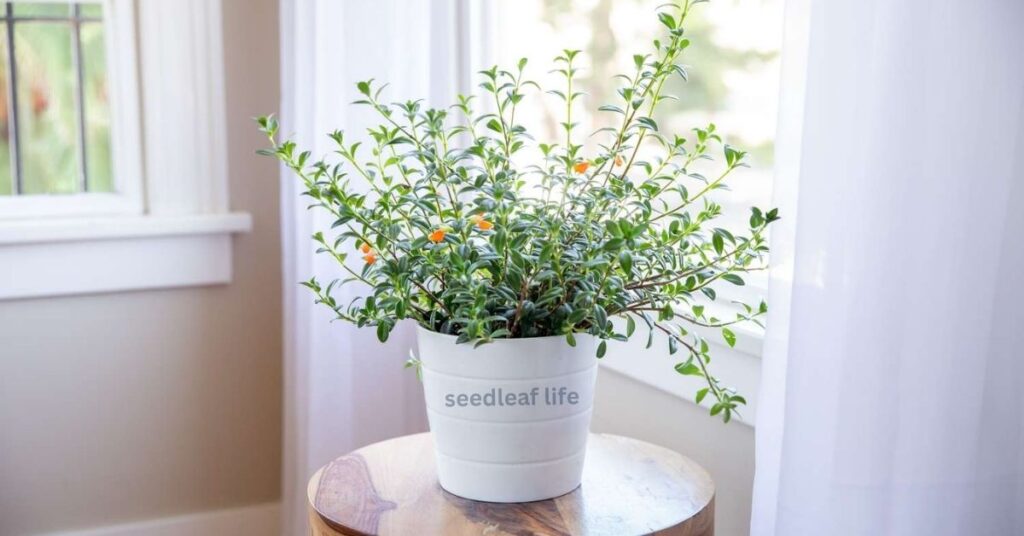
- Light: Place near a bright window to receive indirect sunlight. This encourages vibrant orange flowers without burning the leaves.
- Temperature: Keep between 65–75°F to maintain a cozy environment.
- Humidity: Thrives in slightly humid conditions. Mist occasionally or use a humidity tray to keep the plant happy.
Outdoors
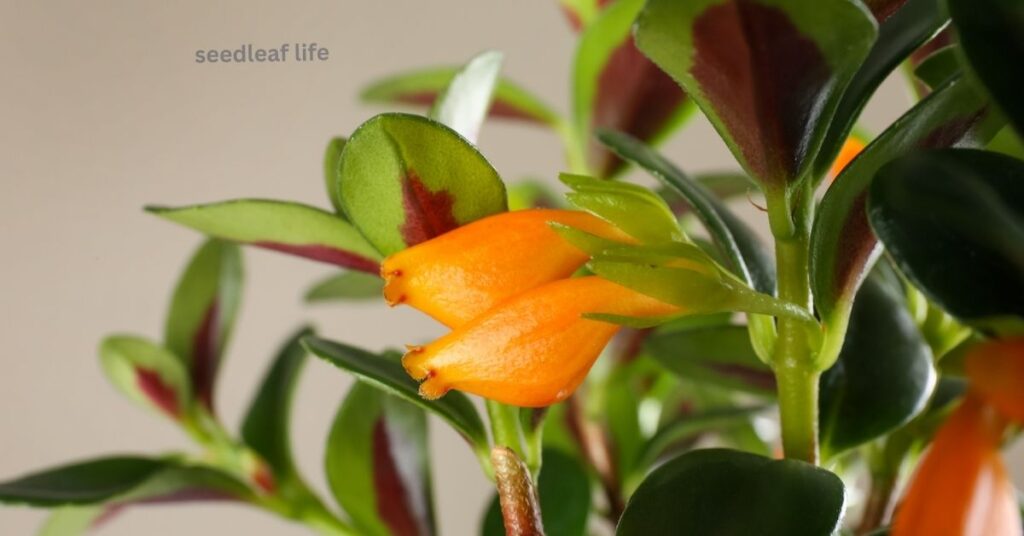
- Light: Choose a spot with partial shade; avoid direct, harsh sunlight that can scorch leaves.
- Winter Care: Bring indoors during cold months, as cold drafts can harm the plant.
- Display Tip: Use hanging pots to showcase its trailing vines and unique foliage.
| Care Aspect | Indoors | Outdoors |
| Light | Bright, indirect sunlight near a window | Partial shade; avoid direct, harsh sunlight |
| Temperature | 65–75°F | Bring indoors during cold months |
| Humidity | Slightly humid; mist occasionally or use a humidity tray | Naturally outdoors; monitor during dry periods |
| Display | Best in hanging pots for trailing vines | Hanging pots recommended to showcase cascading vines |
| Tips | Encourage flowering without burning leaves | Protect from cold drafts in winter |
Goldfish Plant Care: Watering Secrets
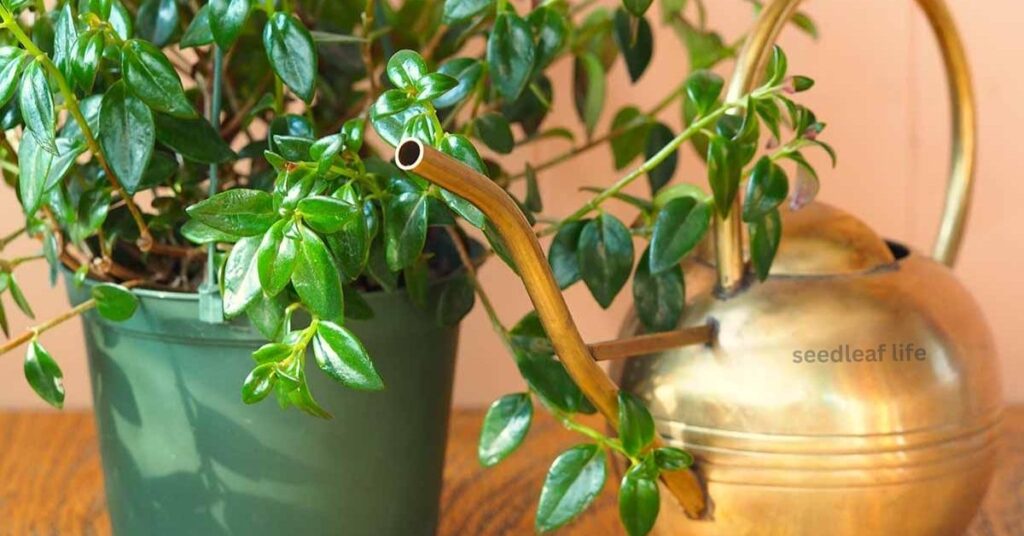
Watering is essential for keeping your Goldfish Plant vibrant and healthy. Here’s how to do it right:
How Often to Water
- Water approximately once a week.
- Always check the soil before watering.
Watering Tips
- Keep the soil moist but never soggy.
- Avoid letting water sit in the saucer to prevent root rot.
Signs of Under watering
- Leaves curling or turning brown.
- Leaves may droop or fade.
Signs of Overwatering
- Leaves turning yellow.
- Soil appearing moldy or constantly wet.
Seasonal Adjustments
- Warmer months: Water more frequently.
- Cooler months: Water less often.
By staying attentive and adjusting your watering habits, your Goldfish Plant will thrive, adding a splash of color and charm to your space!
Goldfish Plant Care: Fertilizer and Pruning Tips
Keep your blooms vibrant and healthy with smart Goldfish Plant Care—learn the right fertilizer routine and pruning tricks to boost lush, colorful growth.
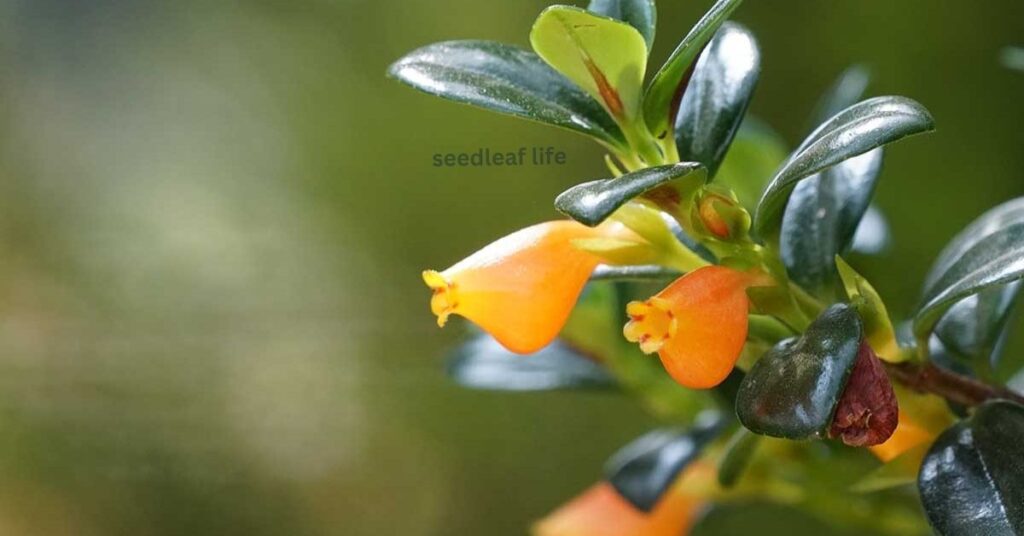
Fertilizer
- Use a balanced liquid fertilizer every 2–4 weeks during the growing season.
- Reduce feeding in winter, when plant growth slows.
Pruning
- Prune regularly to encourage bushy, healthy growth.
- Remove dead or yellowing leaves and trim leggy stems.
- Pinching back tips can promote fuller, more compact foliage.
Why is my Goldfish Plant losing leaves?
Possible Causes and Fixes:
- Under watering: Leaves curl, brown, or drop Keep soil consistently moist.
- Overwatering: Yellow leaves, soggy soil Reduce watering and ensure drainage.
- Insufficient light: Leaves may drop Move to bright, indirect light.
- Temperature stress: Drafts or cold Keep the plant in a stable, warm environment.
Goldfish Plant Care in Winter & Common Problems
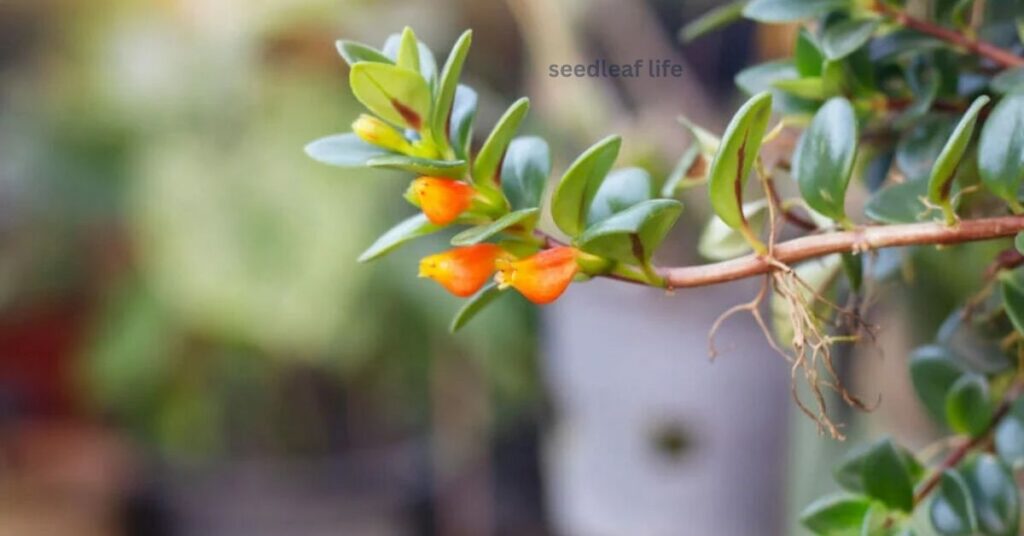
Winter Protection
- Avoid cold drafts: Keep the plant away from windows or doors that let in cold air.
- Combat dry indoor air: Use a humidifier or place a pebble tray with water under the pot to maintain humidity.
Adjustments for Cooler Months
- Watering: Reduce frequency; allow soil to dry slightly between waterings.
- Light: Ensure bright, indirect light, but avoid direct exposure to frosty windows.
Common Problems & Troubleshooting
- Leaf drop: Often caused by cold drafts, overwatering, or low humidity.
- Faded blooms may result from reduced light or a natural bloom cycle.
- Pests: Spider mites and other pests can appear; wipe leaves with a damp cloth and use insecticidal soap if needed.
By making these seasonal adjustments and monitoring your plant, your Goldfish Plant can stay healthy and vibrant throughout winter.
Goldfish Plant Benefits and Varieties
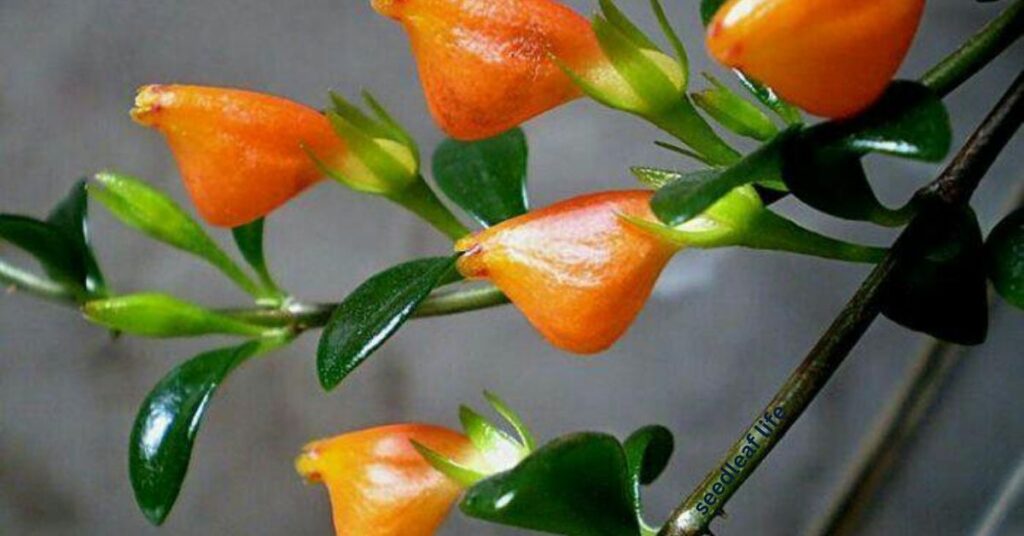
Benefits
- Air purification: Helps filter and improve indoor air quality.
- Aesthetic appeal: Bright, unique blooms add vibrant color to your space.
- Low maintenance: Thrives in various lighting conditions, making it ideal for beginners.
Popular Varieties
- Nematanthus gregarius – Known for its charming, fish-shaped flowers.
- Nematanthus wettsteinii – Features glossy leaves and vibrant petals.
- Nematanthus nervosus – Unique foliage paired with bright, eye-catching blooms.
Why It’s Perfect for Beginners
- Resilient to common plant care mistakes.
- Can be grown as a hanging plant, adding beauty and greenery without taking up floor space.
- Easy to maintain while providing both visual appeal and functional benefits.
The Goldfish Plant is not only a stunning addition to your home décor but also a practical, beginner-friendly plant that contributes to a healthier living environment.
Conclusion:
In summary, we have explored the essential secrets to caring for your Goldfish Plant, from ensuring the right light conditions to giving it the proper moisture. With a little attention and love, you can enjoy the delightful blooms that resemble tiny goldfish.
Growing this unique plant at home not only brightens your space but also adds a fun touch to your indoor garden. Remember, the key is consistency and patience in your care routine. So, why wait? Start your goldfish plant care journey today for endless blooms!

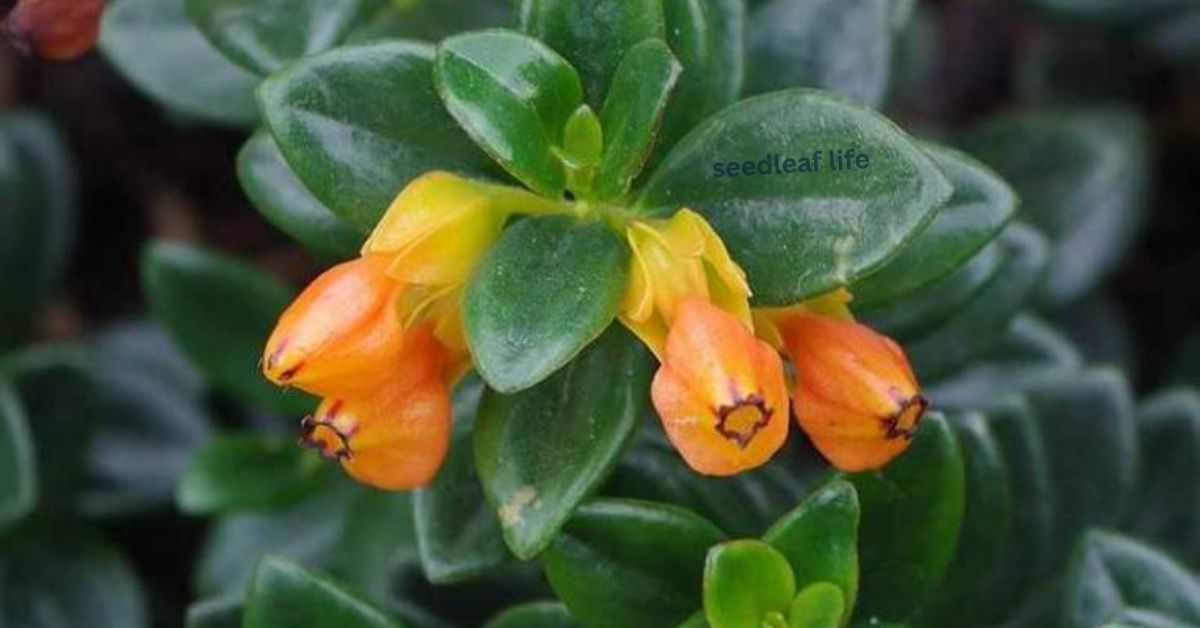
Leave a Reply
You must be logged in to post a comment.